
Back to Blogs
Discover
How a famous ghost writer found the graves of the Abbey's Abbots
By Adrian Tindall, Acting Chair, Abbey of St Edmund Heritage Partnership Research Group
Ghost Writer M R James' Lifelong Passion for Researching the Abbey of St Edmund
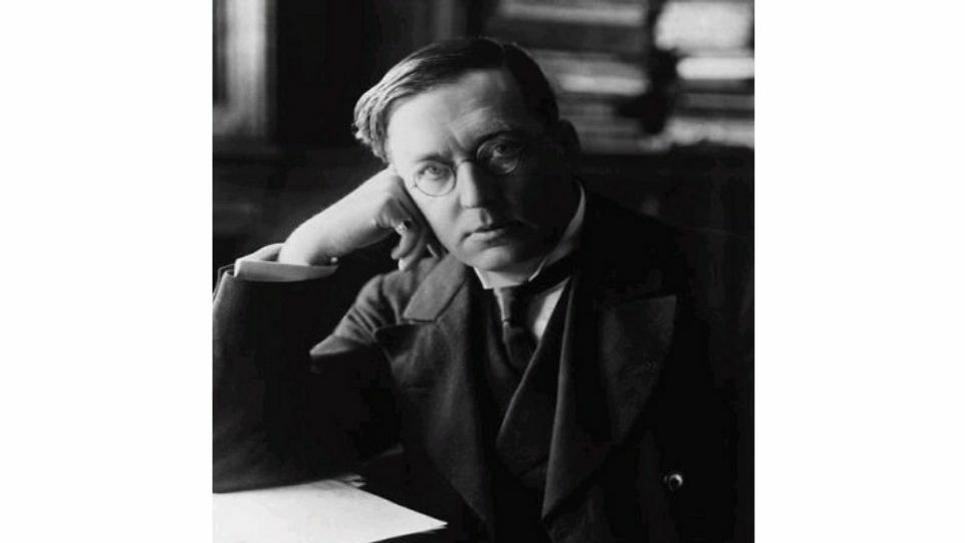
2022 marked the 90th anniversary of M R James’ seminal lecture on the Abbey of St Edmund, which was delivered at The Athenaeum on Angel Hill in Bury St Edmunds on Thursday, 21 April 1932.
The handwritten notes of his lecture were found just four years ago in Cambridge University Library by Dr Richard Hoggett while he was preparing a Heritage Assessment on the Abbey. Dr Hoggett transcribed the notes and edited and published them in the Proceedings of the Suffolk Institute of Archaeology and History in 2020.
Where did his lifelong passion for the Abbey start?
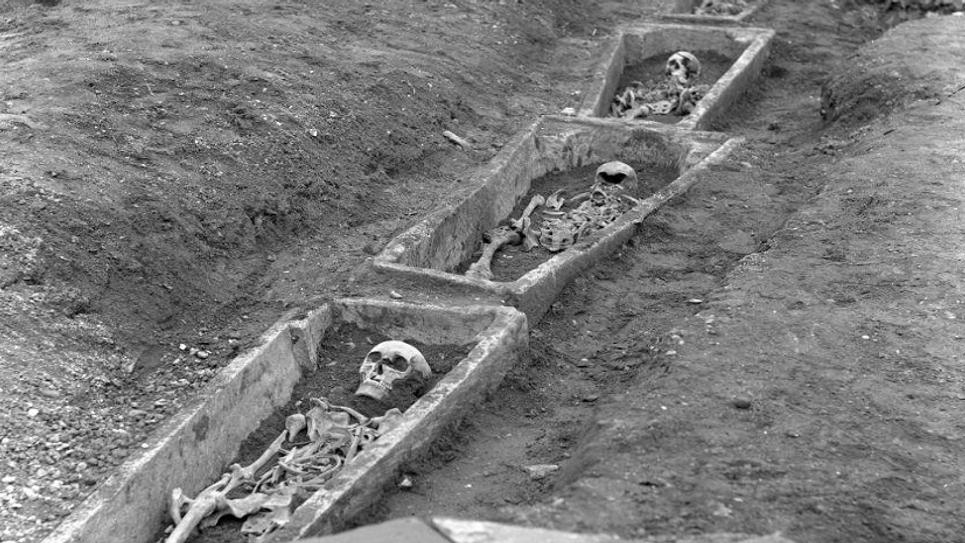
Montague (‘Monty’) Rhodes James was born at Goodnestone, Kent, on 1 August 1862, the fourth and youngest child of country parson Herbert Rhodes James, and his wife Mary. When Monty was only three, his father moved to Great Livermere Parish Church, beginning Monty’s lifelong love of Suffolk.
He followed his father by going to Eton in 1876, where he discovered an interest in early Christianity and medieval manuscripts. He visited local churches and studied the manuscripts in the College Library and, during his vacations, in the Ancient Parish Library in Bury (then housed in the Guildhall).
In 1882 he was awarded a scholarship at King’s College, Cambridge, where he gained a double first in Classics. Although his father wanted him to enter the church, he instead chose an academic career, eventually becoming Provost of King’s, and Vice Chancellor of the university. In 1886, he was appointed Assistant Director, and later Director, of the Fitzwilliam Museum in Cambridge.
He became a leading authority on biblical Apocrypha, medieval manuscripts and what he called ‘Christian archaeology’, including important research on the Abbey of St Edmund and its manuscripts.
In 1895 he published a two-part volume On the Abbey of St Edmund at Bury: the first part being a catalogue of the 2,500 manuscripts originally held in the abbey library (including the famous Bury Bible, now in Corpus Christi College), and the second a detailed plan and description of the great abbey church.
It was during this research that he discovered reference in an abbey register in Douai to the burial places of several of the abbots. This led in 1902-3 to excavations in the chapter house revealing the graves of six abbots, five of which can still be seen today.
Heated Public Debate
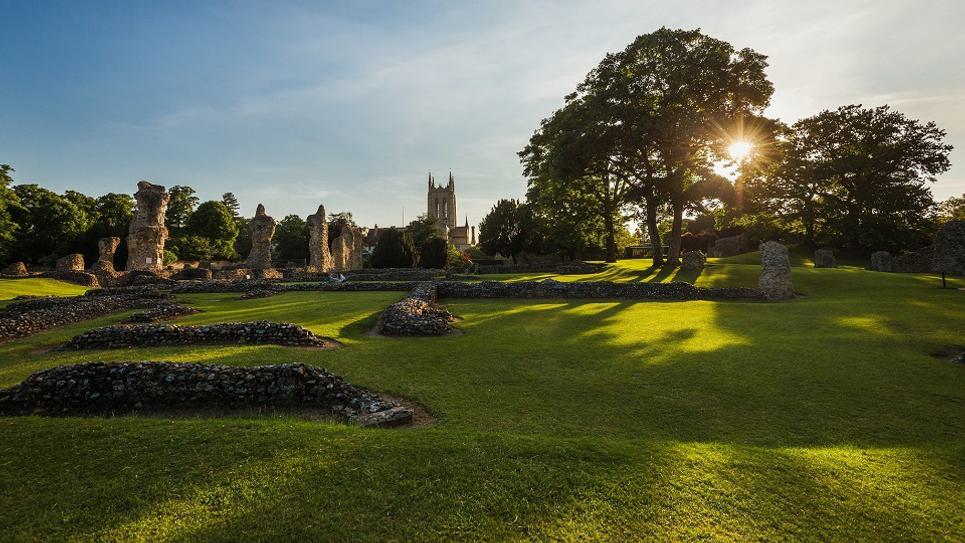
James also became involved in a heated public debate about the authenticity of the ‘St Edmund relics’, the alleged remains of St Edmund held in Toulouse. He doubted their authenticity, and his view was confirmed by scientific research nearly a century later.
He was deeply religious, and mistrusted maths, science and philosophy, thinking them somehow ungodly. However, he was also an amiable host, well known as a mimic (even in his literary style), and in his rooms at King’s would entertain students, colleagues and friends with whisky, pipe tobacco and, of course, ghost stories, often read aloud by candlelight at Christmas.
He was eventually persuaded to publish his stories as Ghost Stories of an Antiquary (1904), More Ghost Stories of an Antiquary (1911), A Thin Ghost (1919) and A Warning to the Curious (1925). He was a pioneer of the modern ghost story; unlike the Gothic novelists, he set his stories in familiar surroundings in the present or near-present day, and his ghosts were tangible and often gruesome. His fans included the Prince of Wales (later George V) and Theodore Roosevelt.
Although many of his ghost stories were set in and around Suffolk, only two The Ash Tree (1904) and Rats (1929), mention Bury St Edmunds by name. Many locations are given pseudonyms, like Burnstow-on-Sea (Felixstowe) and Seaburgh (Aldeburgh).
In 1918 he returned to Eton as its Provost, where he remained hugely popular with both staff and boys. Broadcaster and old Etonian Brian Johnson recalls him as ‘a friendly genial man’ who would entertain the boys by reading P G Woodhouse out loud ‘until tears of laughter ran down his cheeks’.
In later life he became something of a national treasure, receiving honorary doctorates from both Oxford and Cambridge, and the Order of Merit from George V in 1930.
Monty James died on 12 June 1936, probably of renal failure, and was buried in the parish churchyard in Eton. A memorial plaque to him was unveiled in Great Livermere Parish Church in 1998, and he was commemorated as a Briton of Distinction on a Royal Mail stamp in 2012 to mark the 150th anniversary of his birth.
Four years before his death, on 21 April 1932, he gave his public lecture On the Abbey Church at Bury at The Athenaeum, summarising his lifetime’s research in an imaginary tour of the abbey church in its heyday.
References
James, M R., 2017. Compete Ghost Stories, Macmillan.
Hoggett, R, 2020. ‘M R James on The Abbey Church at Bury’; the text of a lecture given at the Athenaeum, Bury St Edmunds, 21 April 1932’, Proceedings of the Suffolk Institute of Archaeology and History 44, 4, 637-57.
Pfaff, R W, 2004. ‘James, Montague Rhodes (1862-1936)’, Oxford Dictionary of National Biography.
As part of the Abbey 1000 celebrations, Robert Lloyd Parry, performance storyteller of M R James’ ghost stories, recreated this famous lecture at The Athenaeum
Related Posts

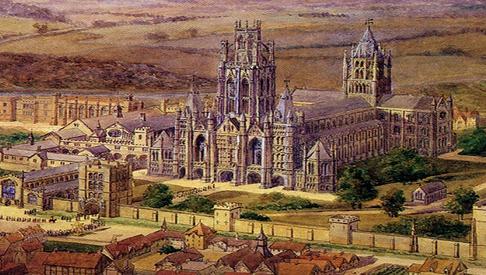
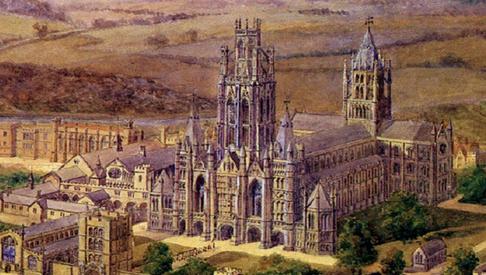
43 Facts About the Abbey of St Edmund
The Abbey of St Edmund was one of the most famous and…
View More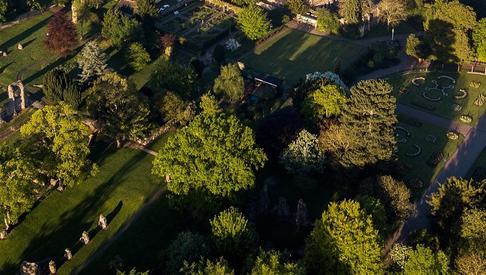
Meet The Stonemason Who Takes Care of the…
As Bury St Edmunds prepares to celebrate 1,000 years…
View More
Enjoy Free Online Talks on the Abbey of St…
A series of FREE, online talks, to mark 1000 years…
View MoreRelated Blogs

News
Abbey Gardens in Top 20 Most…
The historic Abbey Gardens in Bury St Edmunds with…

News
Abbey Project Awarded…
The project aims to conserve and protect the ruins;…

News
Cycle the Wolf Way
Winding its way around many of the best bridleways,…
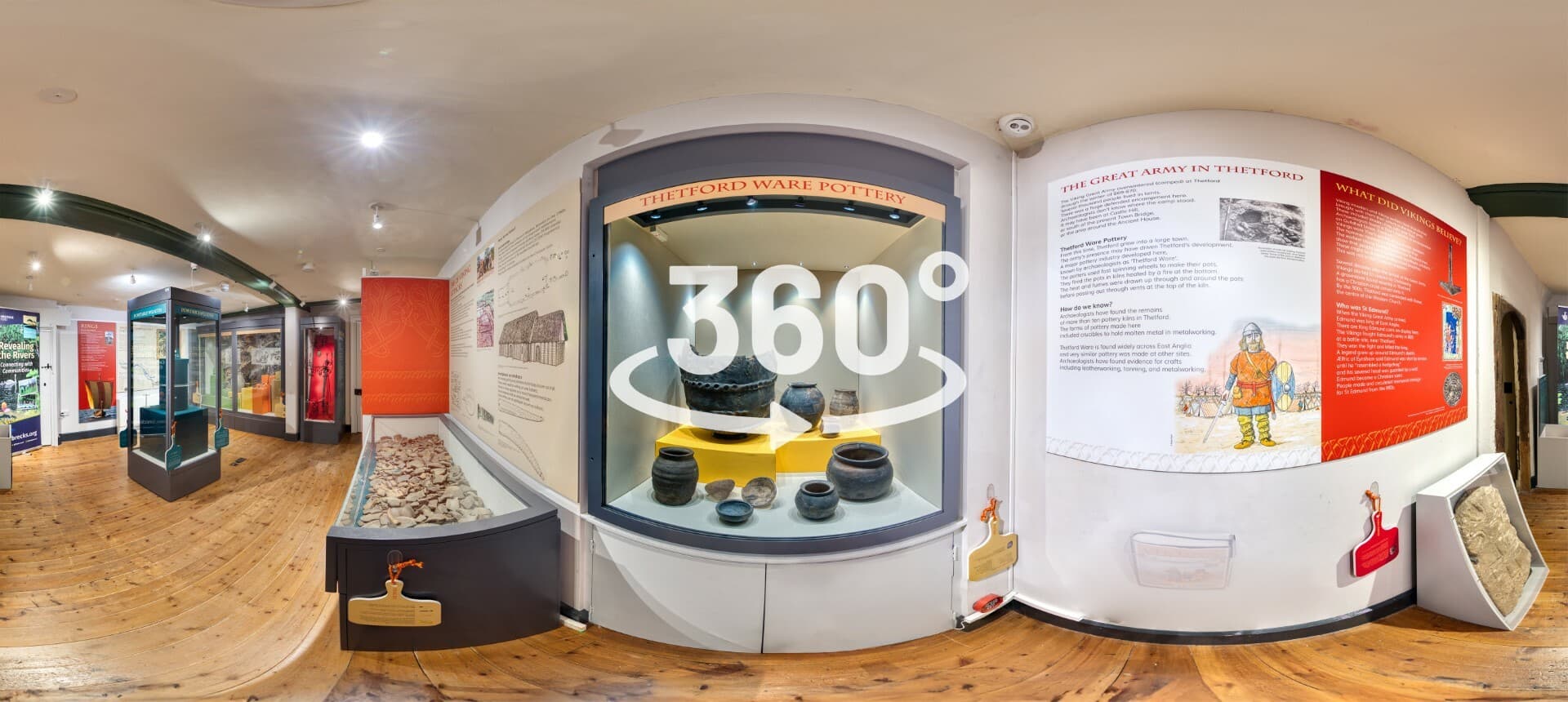
News
360° Degree Vikings
The Brecks Fen Edge and Rivers Landscape Partnership…

News
Celebrate St Edmund's Day on…
St Edmund's Day is celebrated around the world every…
Latest news

News
St Edmundsbury Cathedral Launches 2026 Dogs in the Cathedral Calendar
St Edmundsbury Cathedral in Bury St Edmunds is celebrating being a dog-friendly Cathedral once again with the launch of the 2026 Dogs in the Cathedral Calendar.

News
Where to Go Pumpkin Picking in Bury St Edmunds This Autumn
Autumn fun, fresh air, and fields full of pumpkins in and around Bury St Edmunds — what more could you need?
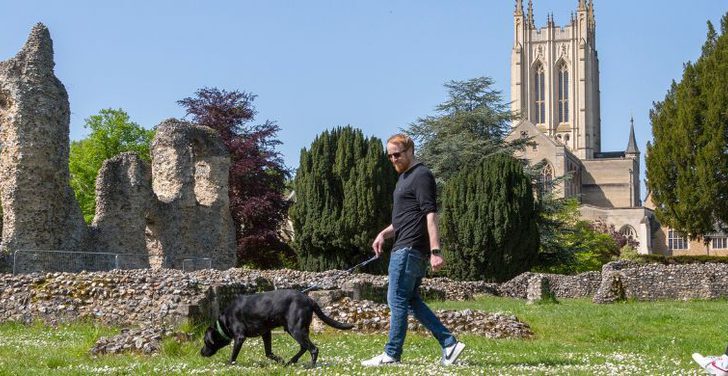
News
Vote for Bury St Edmunds in the Dog Friendly UK Awards 2025
Last year we took home the UK's Most Dog Friendly Town Award. Can we do it again in 2025?
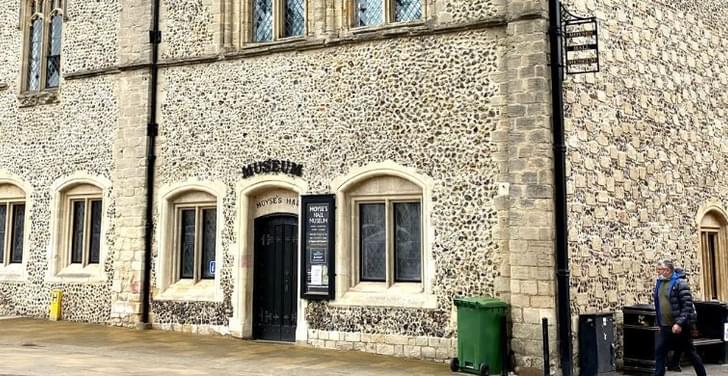
News
Keaton’s Batman the star in exciting new exhibition
The iconic cowl created for Michael Keaton in Tim Burton’s 1989 Batman is coming to Bury St Edmunds!

News
Autumn Theatre Guide
As the evenings draw in and autumn heads this way, there’s something irresistible about a cosy night out at the theatre.
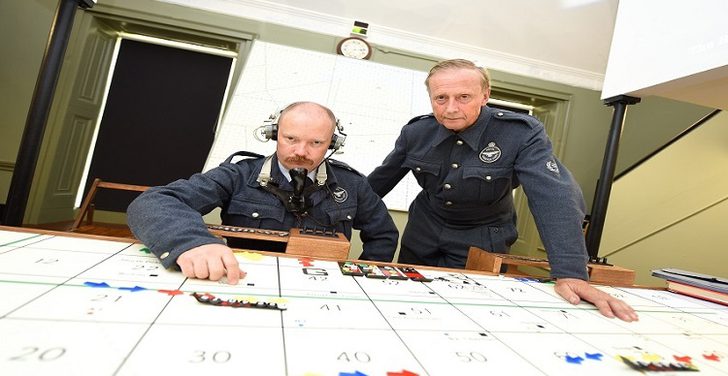
News
Bury St Edmunds & Beyond Heritage Open Days
Step inside many of Bury St Edmunds historic buildings this September with Heritage Open Days...
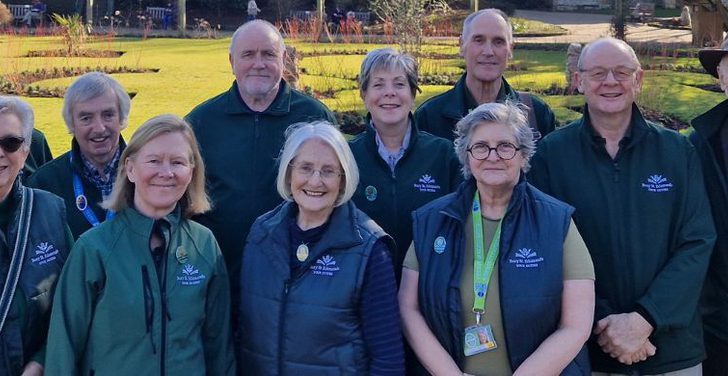
News
Bury St Edmunds Tour Guides Receive TripAdvisor Award
Tour Guides have been awarded the Travellers’ Choice distinction by Tripadvisor which again puts them in the top 10% of things to do worldwide.
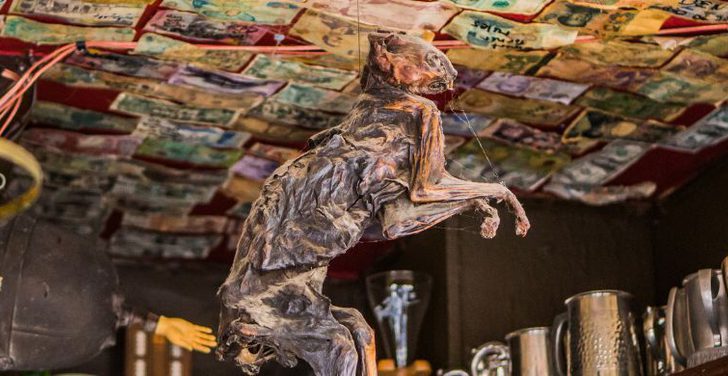
News
Bury's Best Pubs with a Past
some notable, historic and somewhat quirky pubs and bars where you can enjoy a pint or something to eat, knowing you are treading in the footsteps of other happy patrons from times past.
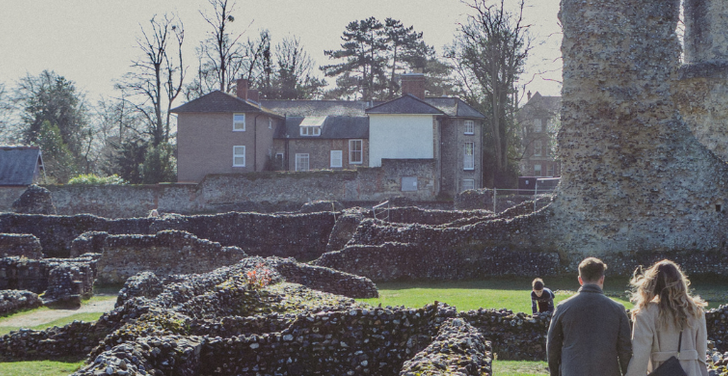
News
UnLondon in Bury St Edmunds
Escape the rat race and hop on board with Greater Anglia to historic Bury St Edmunds...
